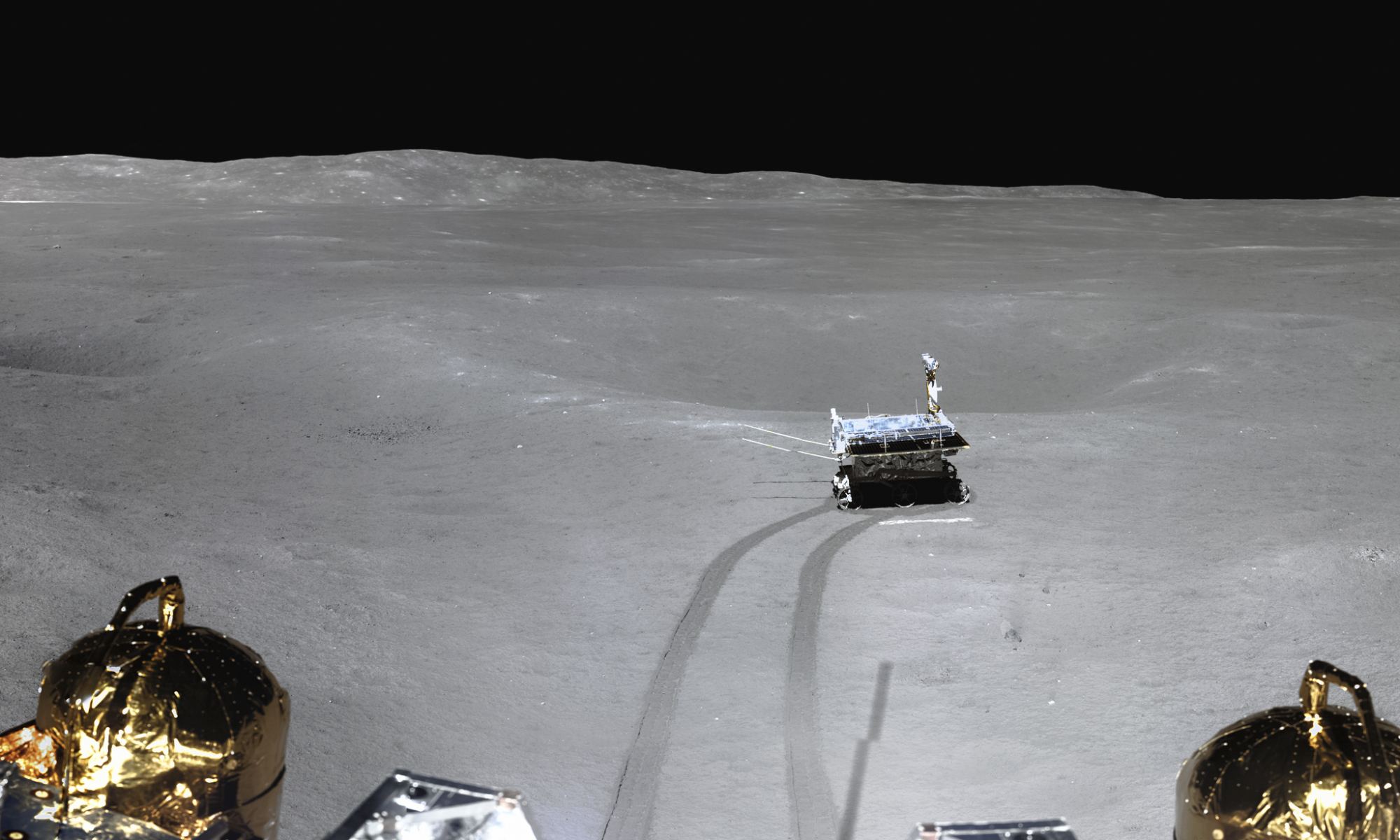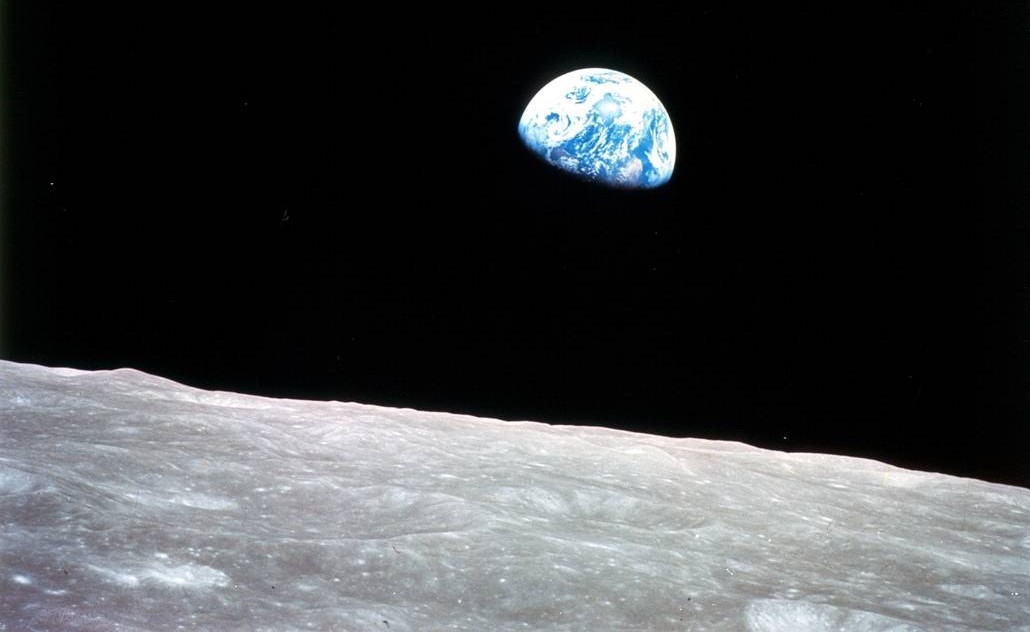There are many paths to the Moon, and not all of them go through the Lunar Gateway. This week, the heads of the Russian Space Agency (Roscosmos) and the China National Space Administration (CNSA) signed an agreement to cooperate on a Lunar research station of their own.
Continue reading “China and Russia Will Be Partners in a Lunar Research Station”How do you get Power into Your Lunar Base? With a Tower of Concrete Several Kilometers High
It sounds like science fiction, but building an enormous tower several kilometers high on the Lunar surface may be the best way to harness solar energy for long-term Lunar exploration. Such towers would raise solar panels above obstructing geological features on the Lunar surface, and expand the surface area available for power generation.
Continue reading “How do you get Power into Your Lunar Base? With a Tower of Concrete Several Kilometers High”Astronaut Pee Will Help Build Bases on the Moon
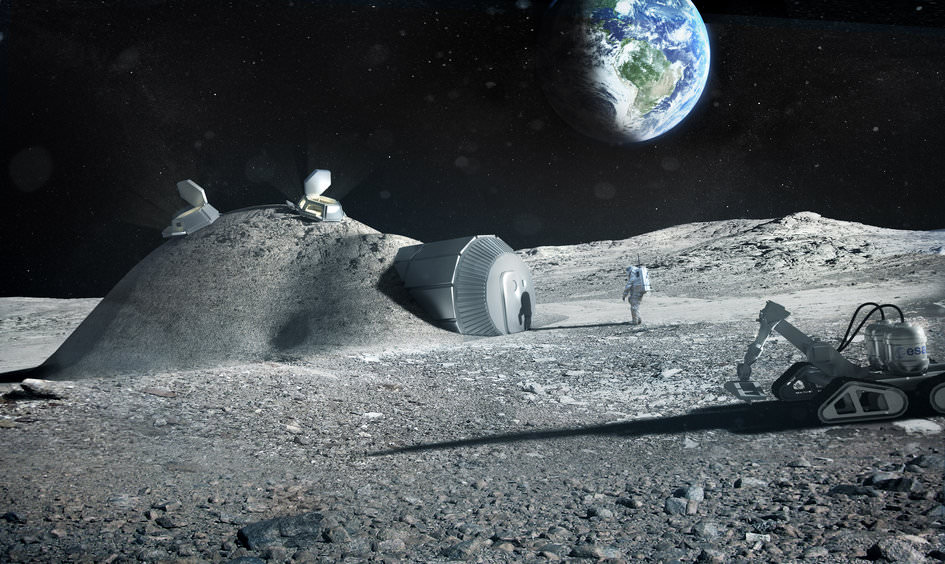
In the next few decades, NASA, the European Space Agency (ESA), China, and Russia all plan to create outposts on the lunar surface that will allow for a permanent human presence. These proposals seek to leverage advances in additive manufacturing (aka. 3-D printing) with In-Situ Resource Utilization (ISRU) to address the particular challenges of living and working on the Moon.
For the sake of their International Moon Village, the ESA has been experimenting with “lunacrete” – lunar regolith combined with a bonding agent to create a building material. But recently, a team of researchers conducted a study (in cooperation with the ESA) that found that lunacrete works even better if you add a special ingredient that the astronauts make all by themselves – urine!
Continue reading “Astronaut Pee Will Help Build Bases on the Moon”NASA is Testing a Coating to Help Astronauts and Their Equipment Shed Dangerous Lunar Dust
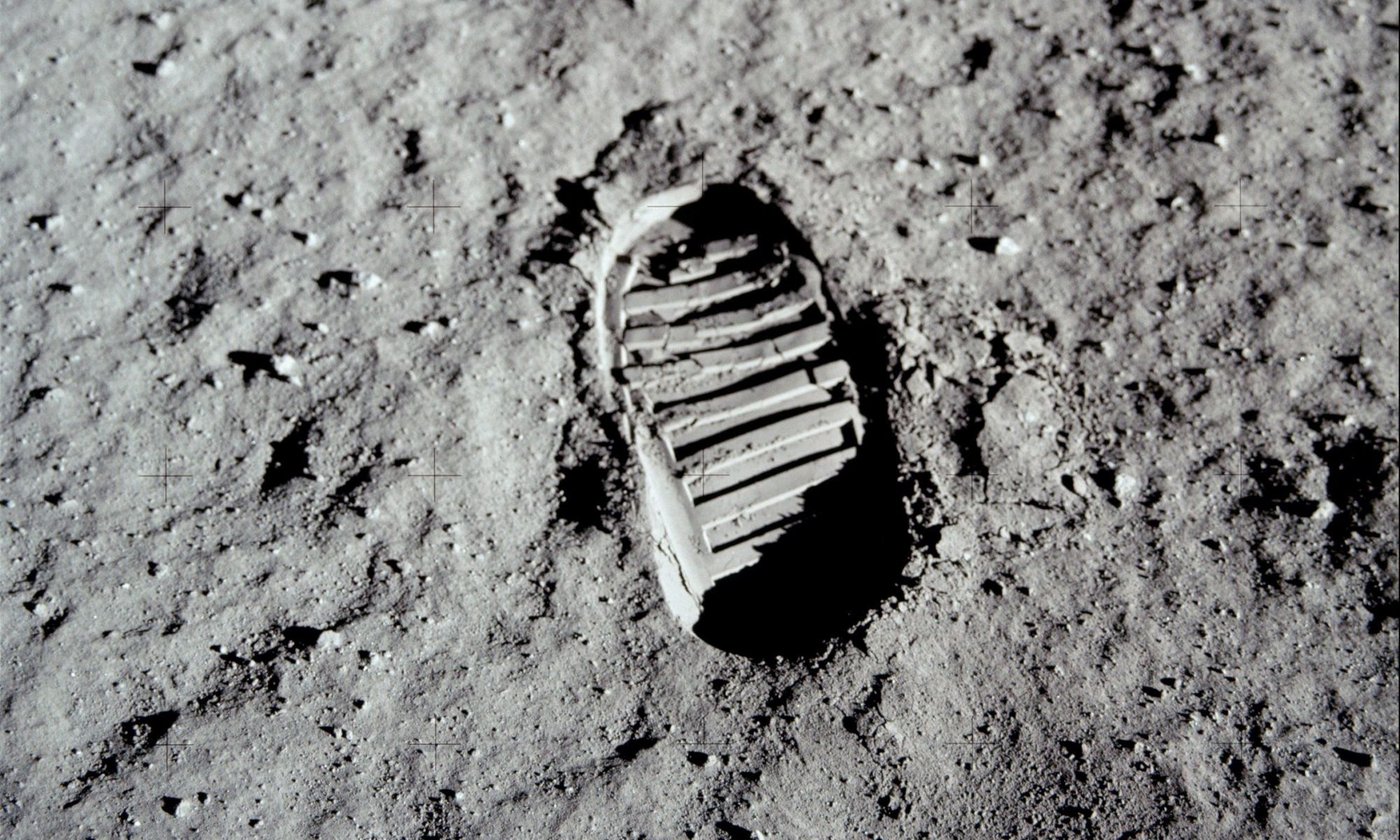
In the coming years, NASA is going back to the Moon for the first time since the Apollo Era. Rather than being a “footprints and flags” operation, Project Artemis is intended to be the first step in creating a sustainable human presence on the Moon. Naturally, this presents a number of challenges, not the least of which has to do with lunar regolith (aka. moondust). For this reason, NASA is investigating strategies for mitigating this threat.
Continue reading “NASA is Testing a Coating to Help Astronauts and Their Equipment Shed Dangerous Lunar Dust”How Do We Settle on the Moon?

Welcome back to our series on Settling the Solar System! Today, we take a look at the closest celestial neighbor to Earth. That’s right, we’re taking a look at the Moon!
Chances are, we’ve all heard about it more than once in our lifetimes and even have some thoughts of our own on the subject. But for space agencies around the world, futurists, and private aerospace companies, the idea of colonizing the Moon is not a question of “if”, but “when” and “how”. For some, establishing a permanent human presence on the Moon is a matter of destiny while for others, it’s a matter of survival.
Not surprisingly, plans for establishing a human settlement predate both the Moon Landing and the Space Race. In the past few decades, many of these plansa have been dusted off and updated thanks to plans for a renewed era of lunar exploration. So what would it take to establish a permanent human presence on the Moon, when could it happen, and are we up to that challenge?
Continue reading “How Do We Settle on the Moon?”Dust off Your Lunar Colony Plans. There’s Definitely Ice at the Moon’s Poles.
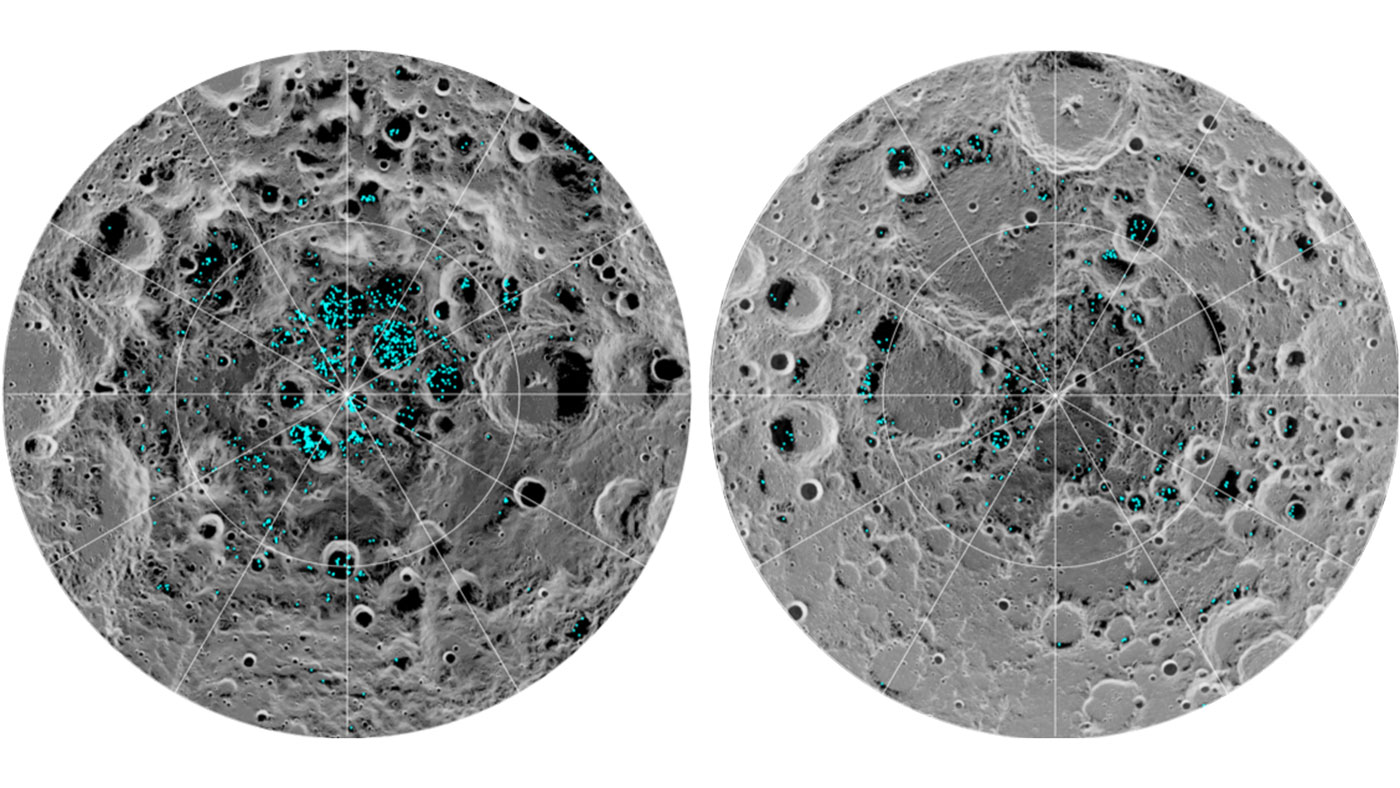
When it comes right down to it, the Moon is a pretty hostile environment. It’s extremely cold, covered in electrostatically-charged dust that clings to everything (and could cause respiratory problems if inhaled), and its surface is constantly bombarded by radiation and the occasional meteor. And yet, the Moon also has a lot going for it as far as establishing a human presence there is concerned.
Continue reading “Dust off Your Lunar Colony Plans. There’s Definitely Ice at the Moon’s Poles.”
Building Bricks on the Moon From Lunar Dust
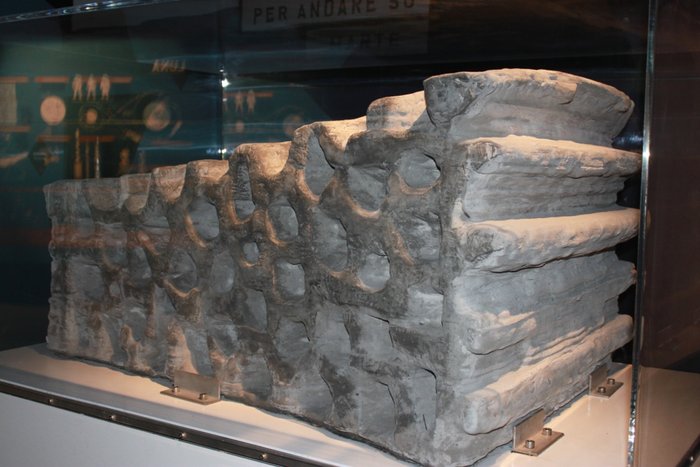
In the coming decades, many space agencies hope to conduct crewed missions to the Moon and even establish outposts there. In fact, between NASA, the European Space Agency (ESA), Roscosmos, and the Indian and Chinese space agencies, there are no shortages of plans to construct lunar bases and settlements. These will not only establish a human presence on the Moon, but facilitate missions to Mars and deeper into space.
For instance, the ESA is planning on building an “international lunar village” on the Moon by the 2030s. As the spiritual successor to the International Space Station (ISS), this village would also allow for scientific research in a lunar environment. Currently, European researchers are planning how to go about constructing this village, which includes conducting experiments with lunar dust simulants to create bricks.
To put it simply, the entire surface of the Moon is covered in dust (aka. regolith) that is composed of fine particles of rough silicate. This dust was formed over the course of billions of years by constant meteorite impacts which pounded the silicate mantle into fine particles. It has remained in a rough and fine state due to the fact that the lunar surface experiences no weathering or erosion (due to the lack of an atmosphere and liquid water).
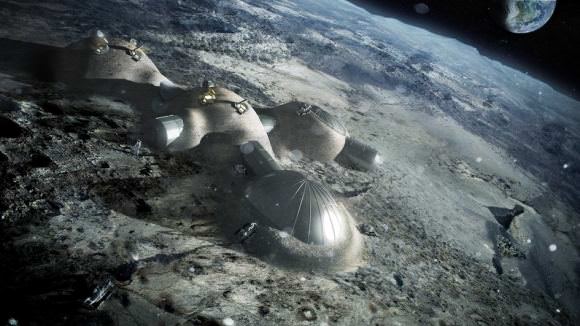
Because it is so plentiful, reaching depths of 4-5 meters (13-16.5 feet) in some places – and up to 15 meters (49 feet) in the older highland areas – regolith is considered by many space agencies to be the building material of choice for lunar settlements. As Aidan Cowley, the ESA’s science advisor and an expert when it comes to lunar soil, explained in a recent ESA press release:
“Moon bricks will be made of dust. You can create solid blocks out of it to build roads and launch pads, or habitats that protect your astronauts from the harsh lunar environment.”
In addition to taking advantage of a seemingly inexhaustible local resource, the ESA’s plans to use lunar regolith to create this base and related infrastructure demonstrates their commitment to in-situ resource utilization. Basically, bases on the Moon, Mars, and other locations in the Solar System will need to be as self-sufficient as possible to reduce reliance on Earth for regular shipments of supplies – which would both expensive and resource-exhaustive.
To test how lunar regolith would fare as a building material, ESA scientists have been using Moon dust simulants harvested right here on Earth. As Aiden explained, regolith on both Earth and the Moon are the product of volcanism and are basically basaltic material made up of silicates. “The Moon and Earth share a common geological history,” he said, “and it is not difficult to find material similar to that found on the Moon in the remnants of lava flows.”

The simulant were harvested from the region around Cologne, Germany, that were volcanically active about 45 million years ago. Using volcanic powder from these ancient lava flows, which was determined to be a good match for lunar dust, researchers from the European Astronaut Center (EAC) began using the powder (which they’ve named EAC-1) to fashioning prototypes of the bricks that would be used to created the lunar village.
Spaceship EAC, an ESA initiative designed to tackle the challenges of crewed spaceflight, is also working with EAC-1 to develop the technologies and concepts that will be needed to create a lunar outpost and for future missions to the Moon. One of their projects centers on how to use the oxygen in lunar dust (which accounts for 40% of it) to help astronauts have extended stays on the Moon.
But before the ESA can sign off on lunar dust as a building material, a number of tests still need to be conducted. These include recreating the behavior of lunar dust in a radiation environment to simulate their electrostatic behavior. For decades, scientists have known that lunar dust is electrically-charged because of the way it is constantly bombarded by solar and cosmic radiation.
This is what causes it to lift off the surface and cling to anything it touches (which the Apollo 11 astronauts noticed upon returning to the Lunar Module). As Erin Transfield – a member of ESA’s lunar dust topical team – indicated, scientists still do not fully understand lunar dust’s electrostatic nature, which could pose a problem when it comes to using it as a building material.
What’s more, the radiation-environment experiments have not produced any conclusive results yet. As a biologist who dreams of being the first woman on the Moon, Transfield indicated that more research is necessary using actual lunar dust. “This gives us one more reason to go back to the Moon,” she said. “We need pristine samples from the surface exposed to the radiation environment.”
Beyond establishing a human presence on the Moon and allowing for deep-space missions, the construction of the ESA’s proposed lunar village would also offer opportunities to leverage new technologies and forge partnerships between the public and private sector. For instance, the ESA has collaborated with the architectural design firm Foster + Partners to come up with the design for their lunar village, and other private companies have been recruited to help investigate other aspects of building it.
At present, the ESA plans to build their international lunar village in southern polar region, where plentiful water ice has been discovered. To investigate this, the ESA will be sending their Package for Resource Observation and in-Situ Prospecting for Exploration, Commercial exploitation and Transportation (PROSPECT) mission to the Moon in 2020, which will be travelling as part of the Russian Luna-27 mission.
This mission, a joint effort between the ESA and Roscosmos, will involve a Russian-built lander setting down in the Moon’s South Pole-Aitken Basin, where the PROSPECT probe will deploy and drill into the surface to retrieve samples of ice. Going forward, the ESA’s long-term plans also call for a series of missions to the Moon beginning in the 2020s that would involve robot workers paving the way for human explorers to land later.
In the coming decades, the intentions of the world’s leading space agencies are clear – not only are we going back to the Moon, but we intend to stay there! To that end, considerable resources are being dedicated towards researching and developing the necessary technologies and concepts needed to make this happen. By the 2030s, we might just see astronauts (and even private citizens) coming and going from the Moon with regular frequency.
And be sure to check out this video about the EAC’s efforts to study lunar regolith, courtesy of the ESA:
Further Reading: ESA
Upcoming Chinese Lander Will Carry Insects and Plants to the Surface of the Moon
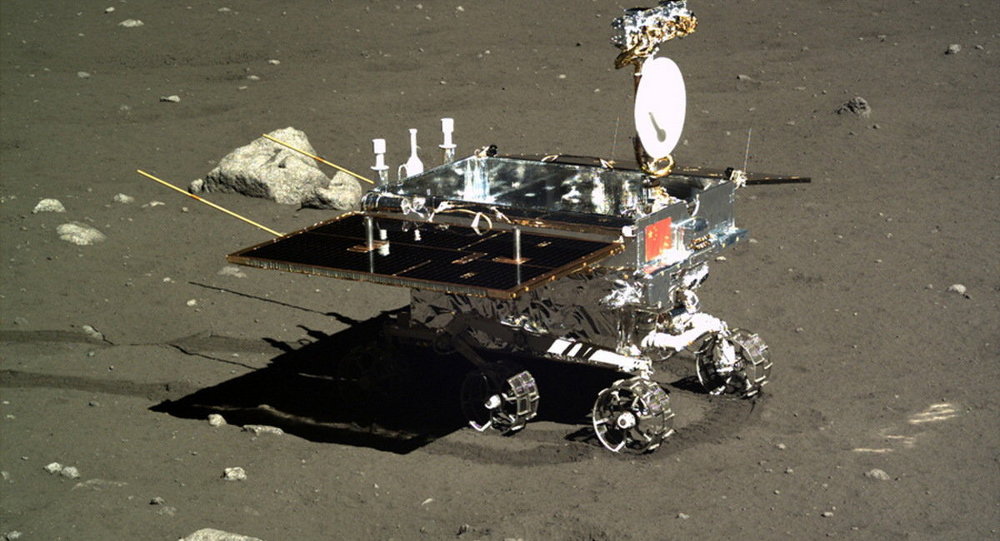
It would be no exaggeration to say that we live in an age of renewed space exploration. In particular, the Moon has become the focal point of increasing attention in recent years. In addition to President Trump’s recent directive to NASA to return to the Moon, many other space agencies and private aerospace companies are planning their own missions to the lunar surface.
A good example is the Chinese Lunar Exploration Program (CLEP), otherwise known as the Chang’e Program. Named in honor of the ancient Chinese lunar goddess, this program has sent two orbiters and one lander to the Moon already. And later this year, the Chang’e 4 mission will begin departing for the far side of the Moon, where it will study the local geology and test the effects of lunar gravity on insects and plants.
The mission will consist of a relay orbiter being launched aboard a Long March 5 rocket in June of 2018. This relay will assume orbit around the Earth-Moon L2 Lagrange Point, followed by the launch of the lander and rover about six months later. In addition to an advanced suite of instruments for studying the lunar surface, the lander will also be carrying an aluminum alloy container filled with seeds and insects.
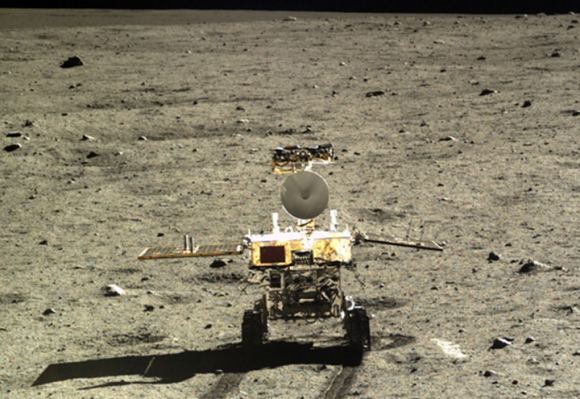
As Zhang Yuanxun – chief designer of the container – told the Chongqing Morning Post (according to China Daily):
“The container will send potatoes, arabidopsis seeds and silkworm eggs to the surface of the Moon. The eggs will hatch into silkworms, which can produce carbon dioxide, while the potatoes and seeds emit oxygen through photosynthesis. Together, they can establish a simple ecosystem on the Moon.”
The mission will also be the first time that a mission is sent to an unexplored region on the far side of the Moon. This region is none other than the South Pole-Aitken Basin, a vast impact region in the southern hemisphere. Measuring roughly 2,500 km (1,600 mi) in diameter and 13 kilometers (8.1 mi) deep, it is the single-largest impact basin on the Moon and one of the largest in the Solar System.
This basin is also source of great interest to scientists, and not just because of its size. In recent years, it has been discovered that the region also contains vast amounts of water ice. These are thought to be the results of impacts by meteors and asteroids which left water ice that survived because of how the region is permanently shadowed. Without direct sunlight, water ice in these craters has not been subject to sublimation and chemical dissociation.
Since the 1960s, several missions have explored this region from orbit, including the Apollo 15, 16 and 17 missions, the Lunar Reconnaissance Orbiter (LRO) and India’s Chandrayaan-1 orbiter. This last mission (which was mounted in 2008) also involved sending the Moon Impact Probe to the surface to trigger the release of material, which was then analyzed by the orbiter.
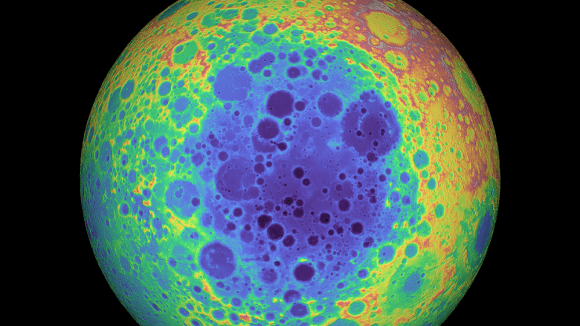
The mission confirmed the presence of water ice in the Aitken Crater, a discovery which was confirmed about a year later by NASA’s LRO. Thanks to this discovery, there have been several in the space exploration community who have stated that the South Pole-Aitken Basin would be the ideal location for a lunar base. In this respect, the Chang’e 4 mission is investigating the very possibility of humans living and working on the Moon.
Aside from telling us more about the local terrain, it will also assess whether or not terrestrial organisms can grow and thrive in lunar gravity – which is about 16% that of Earths (or 0.1654 g). Previous studies conducted aboard the ISS have shown that long-term exposure to microgravity can have considerable health effects, but little is known about the long-term effects of lower gravity.
The European Space Agency has also been vocal about the possibility of building an International Lunar Village in the southern polar region by the 2030s. Intrinsic to this is the proposed Lunar Polar Sample Return mission, a joint effort between the ESA and Roscosmos that will involve sending a robotic probe to the Moon’s South Pole-Aitken Basin by 2020 to retrieve samples of ice.
In the past, NASA has also discussed ideas for building a lunar base in the southern polar region. Back in 2014, NASA scientists met with Harvard geneticist George Church, Peter Diamandis (creator of the X Prize Foundation) and other parties to discuss low-cost options. According to the papers that resulted from the meeting, this base would exist at one of the poles and would be modeled on the U.S. Antarctic Station at the South Pole.

If all goes well for the Chang’e 4 mission, China intends to follow it up with more robotic missions, and an attempted crewed mission in about 15 years. There has also been talk about including a radio telescope as part of the mission. This RF instrument would be deployed to the far side of the Moon where it would be undistributed by radio signals coming from Earth (which is a common headache when it comes to radio astronomy).
And depending on what the mission can tell us about the South Pole-Aitken Basin (i.e. whether the water ice is plentiful and the radiation tolerable), it is possible that space agencies will be sending more missions there in the coming years. Some of them might even be carrying robots and building materials!
Further Reading: Sputnik News, Planetary Society
Europe & China Discuss Moonbase Partnership

In recent years, multiple space agencies have shared their plans to return astronauts to the Moon, not to mention establishing an outpost there. Beyond NASA’s plan to revitalize lunar exploration, the European Space Agency (ESA), Rocosmos, and the Chinese and Indian federal space agencies have also announced plans for crewed missions to the Moon that could result in permanent settlements.
As with all things in this new age of space exploration, collaboration appears to be the key to making things happen. This certainly seems to be the case when it comes to the China National Space Administration (CNSA) and the ESA’s respective plans for lunar exploration. As spokespeople from both agencies announced this week, the CNSA and the ESA hope to work together to create a “Moon Village” by the 2020s.
The announcement first came from the Secretary General of the Chinese space agency (Tian Yulong). On earlier today (Wednesday, April 26th) it was confirmed by the head of media relations for the ESA (Pal A. Hvistendahl). As Hvistendahl was quoted as saying by the Associated Press:
“The Chinese have a very ambitious moon program already in place. Space has changed since the space race of the ’60s. We recognize that to explore space for peaceful purposes, we do international cooperation.”
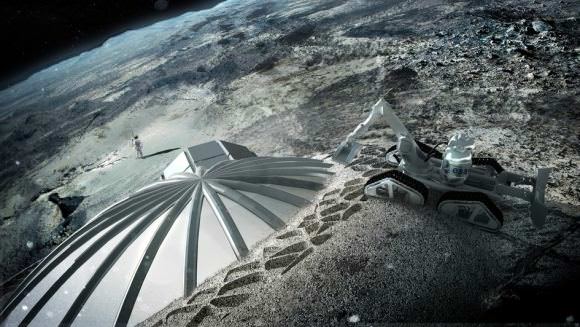
Yulong and Hvistendahl indicated that this base would aid in the development of lunar mining, space tourism, and facilitate missions deeper into space – particularly to Mars. It would also build upon recent accomplishments by both agencies, which have successfully deployed robotic orbiters and landers to the Moon in the past few decades. These include the CNSA’s Chang’e missions, as well as the ESA’s SMART-1 mission.
As part of the Chang’e program, the Chinese landers explored the lunar surface in part to investigate the prospect of mining Helium-3, which could be used to power fusion reactors here on Earth. Similarly, the SMART-1 mission created detailed maps of the northern polar region of the Moon. By charting the geography and illumination of the lunar north pole, the probe helped to identify possible base sites where water ice could be harvested.
While no other details of this proposed village have been released just yet, it is likely that the plan will build on the vision expressed by ESA director Jan Woerner back in December of 2015. While attending the “Moon 2020-2030 – A New Era of Coordinated Human and Robotic Exploration” symposium, Woerner expressed his agency’s desire to create an international lunar base as a successor to the International Space Station.
In addition, its is likely that the construction of this base will rely on additive manufacture (aka. 3-d printing) techniques specially developed for the lunar environment. In 2013, the ESA announced that they had teamed up with renowned architects Foster+Partners to test the feasibility of using lunar soil to print walls that would protect lunar domes from harmful radiation and micrometeorites.
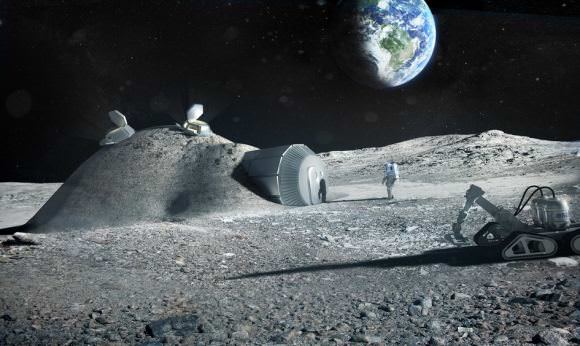
This agreement could signal a new era for the CNSA, which has enjoyed little in the way of cooperation with other federal space agencies in the past. Due to the agency’s strong military connections, the U.S. government passed legislation in 2011 that barred the CSNA from participating in the International Space Station. But an agreement between the ESA and China could open the way for a three-party collaboration involving NASA.
The ESA, NASA and Roscosmos also entered into talks back in 2012 about the possibility of creating a lunar base together. Assuming that all four nations can agree on a framework, any future Moon Village could involve astronauts from all the world’s largest space agencies. Such a outpost, where research could be conducted on the long-term effects of exposure to low-g and extra-terrestrial environments, would be invaluable to space exploration.
In the meantime, the CNSA hopes to launch a sample-return mission to the Moon by the end of 2017 – Chang’e 5 – and to send the Chang’e 4 mission (whose launch was delayed in 2015) to the far side of the Moon by 2018. For its part, the ESA hopes to conduct a mission analysis on samples brought back by Chang’e 5, and also wants to send a European astronaut to Tiangong-2 (which just conducted its first automated cargo delivery) at some future date.
As has been said countless times since the end of the Apollo Era – “We’re going back to the Moon. And this time, we intend to stay!”
Weekly Space Hangout – June 10, 2016: Dr. Chris McKay
Host: Fraser Cain (@fcain)
Special Guest:
NASA Astrobiologist Dr. Chris McKay organized an August 2014 workshop to discuss the future of a permanent moon base, and the ultimate goal of establishing a human settlement on Mars. The resultant nine papers have been recently published in a special issue of the journal New Space.
Guests:
Paul M. Sutter (pmsutter.com / @PaulMattSutter)
Morgan Rehnberg (MorganRehnberg.com / @MorganRehnberg)
Dave Dickinson (www.astroguyz.com / @astroguyz)
Their stories this week:
LISA Pathfinder Exceeds Expectations
Watching a Black Hole Eat – Live!
Inflatable ISS module inflates
Falcon 9 relaunch target slips to Sept/Oct
We’ve had an abundance of news stories for the past few months, and not enough time to get to them all. So we are now using a tool called Trello to submit and vote on stories we would like to see covered each week, and then Fraser will be selecting the stories from there. Here is the link to the Trello WSH page (http://bit.ly/WSHVote), which you can see without logging in. If you’d like to vote, just create a login and help us decide what to cover!
We record the Weekly Space Hangout every Friday at 12:00 pm Pacific / 3:00 pm Eastern. You can watch us live on Google+, Universe Today, or the Universe Today YouTube page.
You can also join in the discussion between episodes over at our Weekly Space Hangout Crew group in G+!

